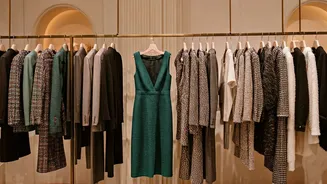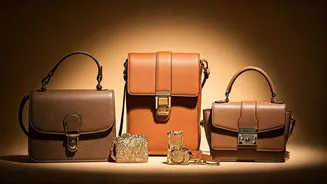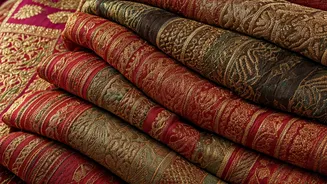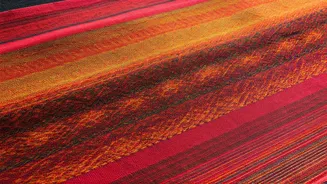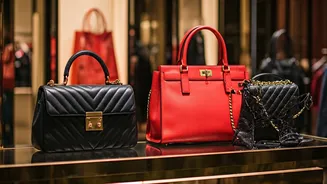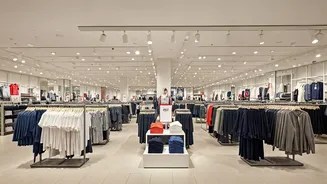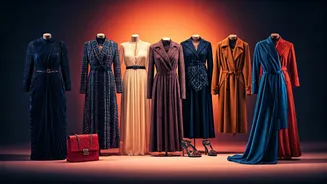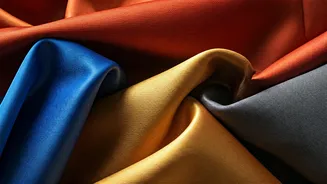Runway to Real Life
The fashion world is in a constant state of flux, with designers unveiling new collections that often set the stage for upcoming trends. These runway shows,
whether in Paris, Milan, or New York, serve as a barometer for what we might see filtering into mainstream fashion. Styles, cuts, and color palettes showcased on the catwalk don't always translate directly to everyday wear, but they undeniably influence the choices of retailers and consumers alike. The most successful trends often blend high fashion's avant-garde elements with practicality and wearability, creating a look that's both aspirational and accessible. This process involves a careful balance of innovation and adaptation, making fashion a dynamic and ever-evolving art form.
Fashion's Influential Forces
Multiple factors play crucial roles in shaping the direction of fashion trends. One of the biggest influences is, undoubtedly, celebrity culture. What celebrities wear on red carpets, in music videos, and even in their everyday lives can quickly become sought-after items. Social media platforms, where influencers showcase their style and collaborate with brands, have further amplified this effect. Beyond the influence of public figures, cultural shifts, historical events, and technological advancements all contribute. For example, the rise of athleisure wear reflected an increased focus on health and wellness. In contrast, economic changes and global issues often lead to more practical or conscious fashion choices. The interplay of these forces ensures that fashion remains a reflection of society at large.
Personal Style Unveiled
Fashion is not just about following trends; it is also an opportunity for self-expression. Discovering your personal style involves a process of exploration, self-discovery, and experimentation. Start by identifying what you genuinely love. Consider your lifestyle, personality, and the messages you want to convey. Experimenting with different styles, silhouettes, and color combinations can help you refine your choices. Building a wardrobe that reflects your individuality and makes you feel confident is crucial. This means investing in key pieces that fit well, flatter your body type, and work with your existing wardrobe. Creating a wardrobe that allows you to feel comfortable and confident in various settings is a continuous process that reflects your unique personality and evolving preferences.
Sustainability in Fashion
Sustainable practices are becoming increasingly important in the fashion industry. Concerns about environmental damage and social responsibility have prompted consumers to demand more ethical and environmentally friendly choices. Sustainable fashion involves reducing waste, minimizing the use of harmful chemicals, and ensuring fair labor practices. This includes using organic or recycled materials, reducing water consumption in production, and supporting ethical factories. Consumers can contribute by choosing brands with transparent supply chains and considering the lifespan of their clothing. Shopping for vintage or pre-owned items is another excellent way to extend the life of garments and reduce environmental impact. As the fashion industry embraces these principles, it moves towards a more sustainable and responsible future.
The Future of Fashion
The fashion industry is always looking forward, with technological advancements, societal shifts, and creative innovations reshaping the future. Emerging technologies like 3D printing and virtual reality are changing the way clothes are designed, produced, and experienced. The rise of inclusivity and body positivity is driving diversity in fashion, pushing brands to embrace wider ranges of sizes, ethnicities, and gender identities. Sustainability will undoubtedly remain a crucial theme, with continued efforts to reduce waste and find eco-friendly materials. As technology and culture evolve, fashion will reflect and influence those changes, creating a dynamic landscape where self-expression and innovation intertwine.


